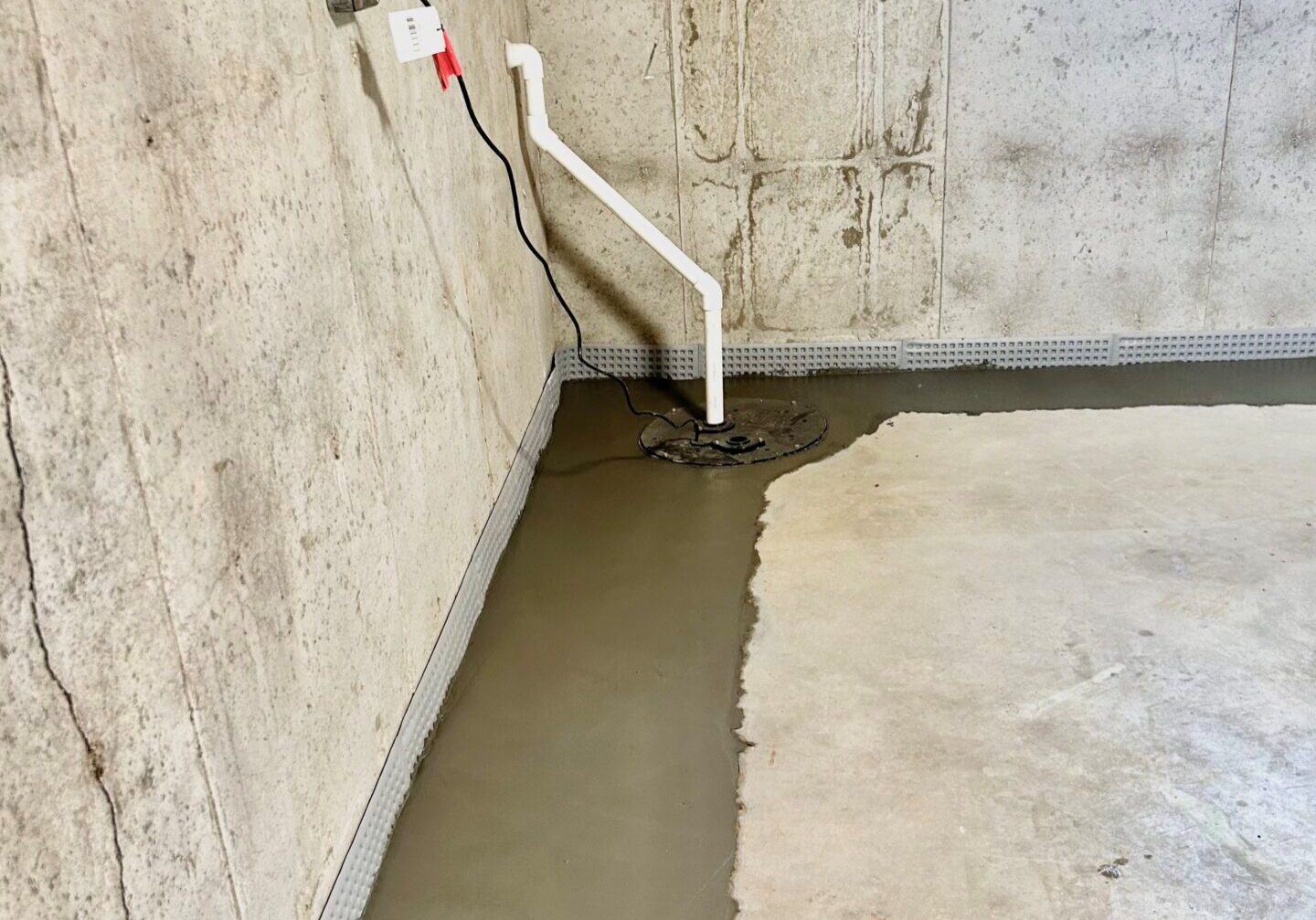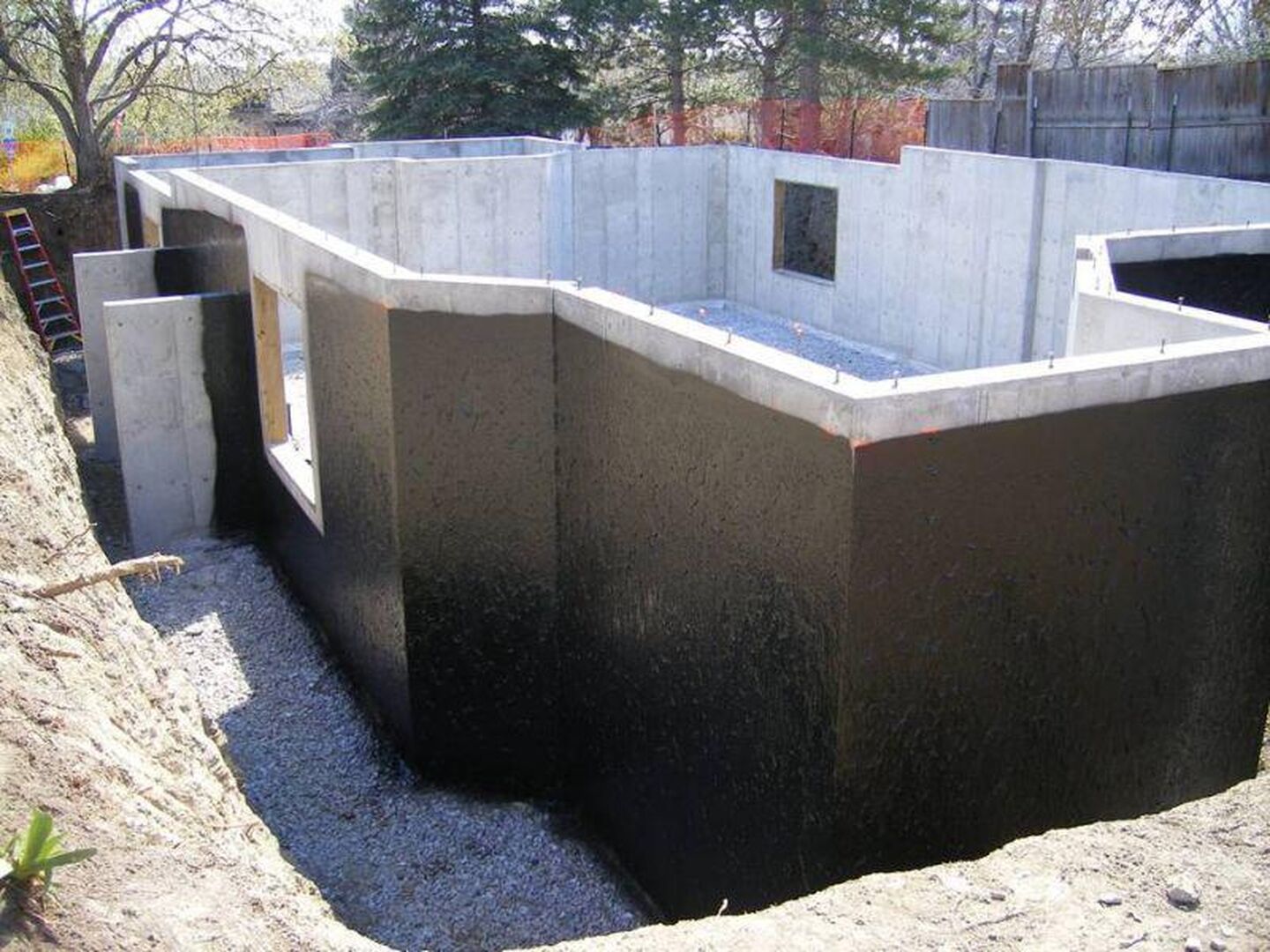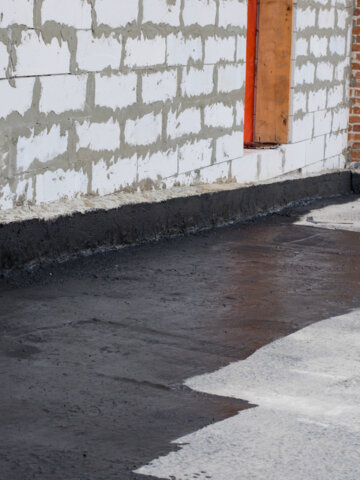Understanding the Relevance of Foundation Waterproofing for Long-Lasting Structural Honesty
In the world of property maintenance, structure waterproofing stands as a critical element in guarding structural stability. While often overlooked, the dangers postured by water intrusion can cause extensive and pricey damages that threatens the extremely structure of a structure. Understanding the nuances of waterproofing can disclose exactly how it works as an important protection system versus these hazards. The benefits prolong past simple defense, influencing aspects such as residential property worth and interior health. What approaches efficiently stop such concerns, and how does one make sure the appropriate selections are made? These questions invite a deeper examination.
Threats of Water Breach
Water invasion's influence on a structure can be substantial, leading to a host of potential issues that jeopardize the honesty of a building's foundation. As dampness leaks into the structure, it can damage the structural parts, resulting in cracks and erosion over time.
Furthermore, water breach can add to the deterioration of building products. Concrete, stonework, and wood are specifically prone to water damages, with long term direct exposure possibly causing them to rot, rust, or fall apart. Such destruction not only impacts the architectural soundness yet additionally depreciates the residential or commercial property's worth. Furthermore, water invasion often results in enhanced moisture degrees within the building, which can affect electrical systems and various other infrastructure.
Another significant threat connected with water intrusion is soil instability. Excess moisture can alter the structure of the soil surrounding the foundation, resulting in uneven settling and additional structural damage - Leaky basement Toronto. Promptly dealing with water intrusion is important to protecting the durability and security of any type of structure

Advantages of Waterproofing
Executing structure waterproofing is an essential action in shielding a building from the destructive effects of water invasion. Among the main benefits of waterproofing is the preservation of structural honesty. Water infiltration can erode the foundation, leading to fractures, deteriorating the overall structure, and potentially resulting in expensive repair work. By producing an obstacle versus dampness, waterproofing aids maintain the foundation's toughness and sturdiness over time.
In addition, waterproofing dramatically improves indoor air top quality. Wetness seepage can promote mold and mildew development, which not just harms structure products yet additionally postures health risks to occupants. A properly waterproofed structure decreases these risks, adding to a much healthier indoor environment.
Moreover, waterproofing boosts residential or commercial property value. A well-protected structure is an appealing function for prospective customers, as it suggests positive upkeep and decreases the possibility of future architectural issues. This financial investment not only safeguards the existing state of the property yet additionally adds lasting value.
Finally, foundation waterproofing contributes to power efficiency. By protecting against dampness from entering the building, it assists in preserving consistent interior temperature levels, thus lowering the requirement for extreme heating or air conditioning and resulting in power savings.
Common Waterproofing Approaches
When it concerns guarding a building's foundation, selecting the ideal waterproofing method is critical for efficient defense versus moisture invasion. Numerous techniques are employed based upon the specific requirements and problems of the framework. One of the most typical approaches is the application of liquid waterproofing membranes. These membrane layers, commonly made from polymers, are used as a liquid to develop a seamless, long lasting obstacle versus water infiltration.
Another common approach is the installment of sheet membrane layers, which are pre-formed sheets of water-proof material, commonly asphalt or polyvinyl chloride (PVC), that are abided by the structure wall surfaces. These sheets provide robust security and are especially reference efficient in locations with high groundwater degrees.
Cementitious waterproofing is an additional widely-used remedy, specifically in brand-new buildings. This includes applying a cement-based compound mixed with additives to create a water resistant finish. It is simple to apply and affordable, making it a prominent selection for household structures.

Indicators of Structure Damage
To keep the stability of a structure's structure, recognizing the signs of potential damages is as vital as selecting the appropriate waterproofing techniques. Timely recognition of these signs can protect against pricey repair work and guarantee durable architectural security. Among one of the most obvious indicators of structure damages is the look of splits in the walls, floorings, or structure itself. These can vary in shapes and size, but stair-step or horizontal cracks typically suggest considerable structural problems.
Irregular floors are another usual signs and symptom, commonly brought on by the settling or shifting sites of the foundation. Home owners might likewise notice windows and doors becoming hard to open up or close, suggesting potential misalignment as a result of structure motion. Water intrusion indicators, such as wetness, mold and mildew, or mildew in the basement, recommend insufficient waterproofing or drainage issues, which can exacerbate structure problems.

Picking the Right Specialist
Choosing the right contractor is critical for ensuring effective foundation waterproofing projects. This choice considerably impacts the quality and long life of the work done, protecting your financial investment and ensuring architectural stability. Begin by researching possible specialists with a tried and tested record in foundation waterproofing. Seek business with extensive experience and a solid profile of successful projects. Validating their qualifications is necessary; guarantee they are certified, insured, and adhered.
Demand recommendations from previous customers to acquire understanding into their expertise and reliability. In addition, review online ratings and testimonies to obtain a broader understanding of their track record. It is essential to acquire several price quotes to compare rates and range of job supplied by each contractor. Nevertheless, be careful of price quotes that are considerably lower than others, as this might suggest poor products or handiwork.
Throughout consultations, assess their communication skills and willingness to answer inquiries, which are indicators of a professional's commitment to client satisfaction. Guarantee they give a detailed agreement describing timelines, service warranties, products, and costs. Last but not least, verify their understanding of neighborhood building regulations and laws to avoid prospective compliance issues. By taking these actions, you can choose a professional who will certainly deliver top quality, resilient waterproofing services.
Final Thought
Structure waterproofing is vital for maintaining structural stability and avoiding possible damages brought on by water invasion. By implementing effective waterproofing approaches, the risks of mold growth, material deterioration, and dirt instability are dramatically reduced. This conservation not only safeguards the residential property's value yet also adds to improved interior air top quality and energy efficiency. Mindful selection of suitable waterproofing strategies and certified specialists is important for ensuring long-term defense and sturdiness of foundational structures.
In the realm of property maintenance, foundation waterproofing stands as a pivotal factor in safeguarding structural stability.Implementing structure waterproofing is an important action in securing a building from the detrimental impacts of water invasion. One of the most apparent signs of foundation damage is the appearance of splits in the walls, floorings, or structure itself. Water breach indications, such as moisture, mold, or mildew in the basement, recommend inadequate waterproofing or drainage problems, which can aggravate foundation troubles.
Foundation waterproofing is crucial for preserving structural integrity and protecting against possible damage created by water breach. - basement leak repair Toronto